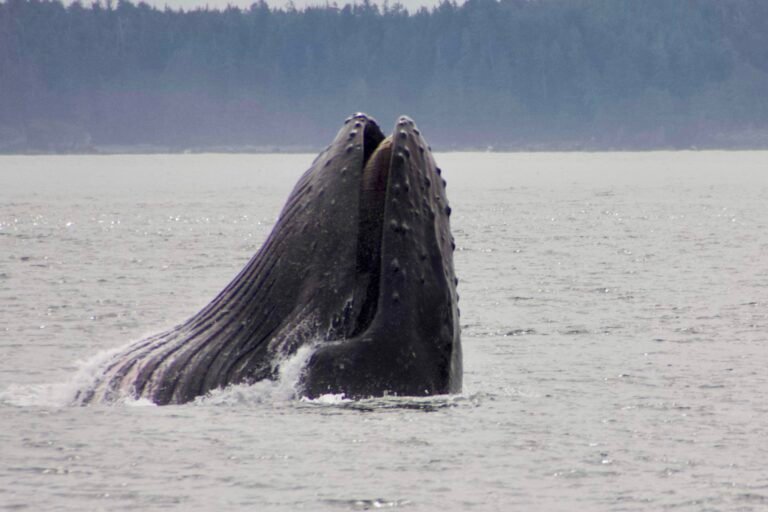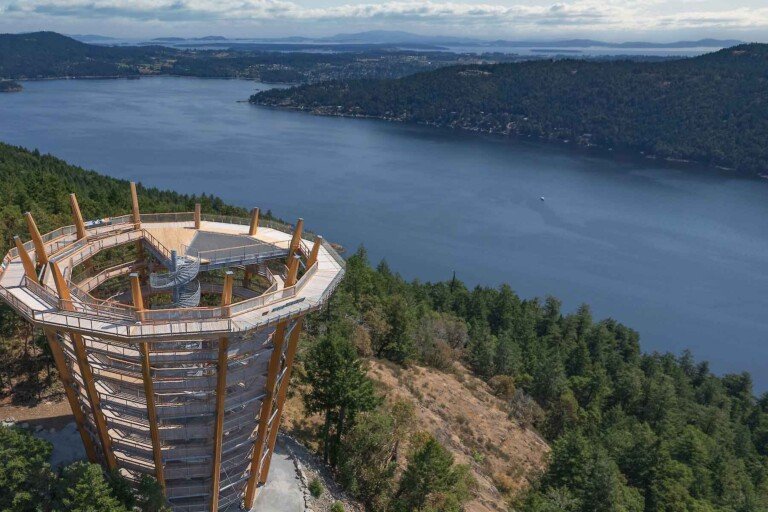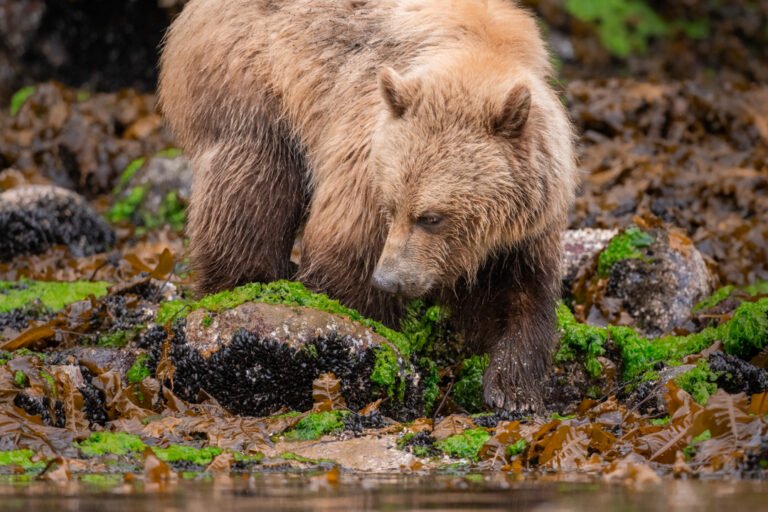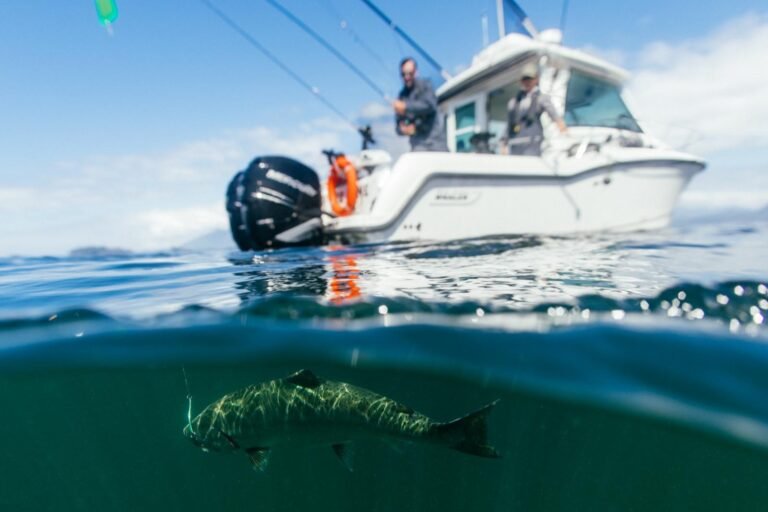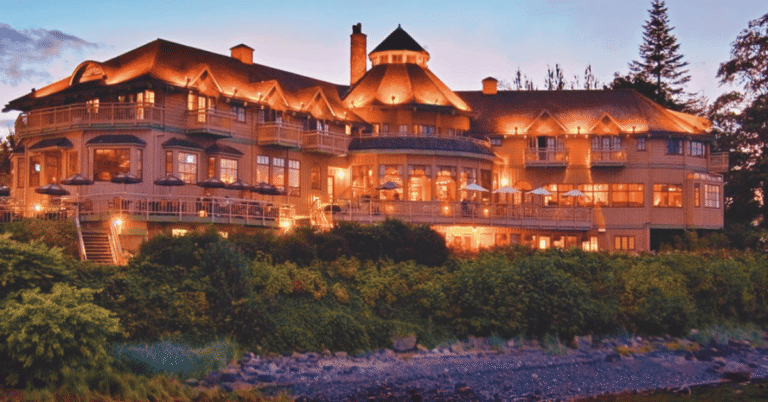Government House is the office and official residence of the Lieutenant Governor of British Columbia and the ceremonial home of all British Columbians. Government House is located in the heart of the Rockland neighbourhood in Victoria, on the traditional territory of the Songhees and Esquimalt First Nations.
The Lieutenant Governor also offers accommodation to distinguished visitors, including members of the Royal Family, international royalty, heads of state, and other honoured guests of British Columbia.
There have been three Government Houses on this site since 1865. The first official residence, known as Cary Castle, was built in 1859. Six years later it was purchased as the residence of the Governor of Vancouver Island.
When British Columbia entered Confederation in 1871, Cary Castle became Government House, the official office and residence of the Lieutenant Governor of the Province of British Columbia. In May 1899, Cary Castle was destroyed by fire.
Renowned architects Francis Rattenbury and Samuel Maclure were hired to design a new house on the same site. The Rattenbury/Maclure-designed Government House officially opened in 1903. In 1909, a stone porte cochère was added at the request of Lieutenant Governor James Dunsmuir. The House served British Columbia for 54 years until April 15, 1957, when it succumbed to fire. The only thing left standing was the porte cochère. Construction on the new Government House began in December 1957 and closely matched the design of the previous building. The current Government House officially opened on May 19, 1959.
The Conservatory was added in the 1960s as a gift from Lieutenant Governor George Pearkes, and the family of Lieutenant Governor Walter Owens installed the swimming pool in 1978. With the support of the Government House Foundation, successive Lieutenant Governors have left enduring legacies of their time in office. These legacy projects reflect the initiatives and priority programs of each Lieutenant Governor.
Public tours of Government House are scheduled one Saturday a month, starting promptly at 10am and 11am. Admission is free and no booking is required. Please note that there is a maximum capacity of 100 people per tour, so spaces will be allotted on a first come first serve basis.
The Cary Castle Mews
The Cary Castle Mews is a cluster of 19th century wooden service buildings located on the southeast side of the Government House estate. The Mews consists of stables, a carriage house, a gaol, a root cellar, a wash house and a poultry house (part of which was later used as a gardener’s cottage). These onsite buildings have been used as support buildings to Government House since their construction in the 1870s. Thanks to the efforts of the Government House Foundation, some of the buildings have been rehabilitated and are now outfitted for the public to enjoy.
The Tea House is located in Butterworth Cottage and offers a chance for visitors to enjoy lunch, tea, pastries and other refreshments. Butterworth Cottage was originally built as a poultry barn and in the 1920s was partially adapted as a residence for the head gardener. In 2008, the Cottage underwent further rehabilitation in order to house the Tea House and Interpretive Centre. The Tea Room has become a popular destination for locals and tourists alike. Featuring daily soups, paninis, quiche and other delectables by the Executive Chef at Government House it is the perfect place for lunch, afternoon tea or refreshment during a walk around the Mews and gardens.
The Interpretive Centre is also located within Butterworth Cottage, adjacent to the Tea House in what was originally the poultry barn. Inside the renovated space, visitors will find information about the history of the Estate of the Lieutenant Governor, a designated National Historic Site. Displays include stories and photos of the people who lived and worked in Government House and on the estate, as well as the history of the role of the Lieutenant Governor in British Columbia.
The newly expanded Costume Museum is located in the Carriage House and showcases a large variety of period pieces. From former Lieutenant Governors’ uniforms and Chatelaines’ dresses to an original butler’s uniform, the Museum takes visitors on a sartorial journey through the history of the Estate and Office of the Lieutenant Governor. These historical artifacts are from both the Government House collection and thanks to the generosity of several donors. Visitors to the Costume Museum will also see the historic Landau Carriage on display. In 1901, the Landau was used by the Duke and Duchess of York and Cornwall (later King George V and Queen Mary) on their tour of Victoria and Esquimalt.
The Cary Castle Mews is also home to the Lawrence J. Patten Heraldry Exhibit. This display was created by the British Columbia branch of the Royal Heraldry Society of Canada, whose mission is to promote heraldry, particularly Canadian heraldry, and to encourage an interest in the subject among Canadians. Visitors have the opportunity to learn about the history, design, colour and language of heraldry and view examples of heraldic shields. A preview of the exhibit is available here.
Between the Interpretive Centre and the Carriage House, visitors can also view the original totem pole, Hosaqami. In 1959, the Royal Canadian Navy, as a 50th anniversary event, commissioned artist Chief Mungo Martin to carve a totem pole and gifted it to the Royal Navy in recognition of the enduring relationship between the two navies. The pole was displayed on Whale Island in Portsmouth, England until the late 1980s, where it was severely damaged by the weather. It was sent back to Canada to see if it could be restored, but the extent of the damage was too much and Chief Tony Hunt, who assisted his father Henry Hunt and his adoptive grandfather Chief Martin in carving the original, recommended it be returned to the earth and a replacement be carved. In celebration of Her Majesty Queen Elizabeth II’s Diamond Jubilee in 2012, the Honourable Steven Point and the Government House Foundation commissioned Chief Hunt to carve a replica of the totem pole. The new Hosaqami stands in front of Government House where it remains in perpetuity.
Tea House, Costume Museum and Interpretive Centre Hours:
The Cary Castle Mews will be open for the 2016 season from Tuesday, May 24 to Saturday, September 3, 2016. Tuesday to Saturday, 10am to 4pm.
Location:
1401 Rockland Avenue
Victoria, BC
V8S 1V9
Government House is a 20-minute walk or a five-minute drive from downtown. Free parking is available onsite. Buses on Victoria Regional Transit routes 11 and 14 stop on Fort Street at Joan Crescent, three blocks from Government House.
Websites:
The Lieutenant Governor of British Columbia and Government House
The Cary Castle Mews


